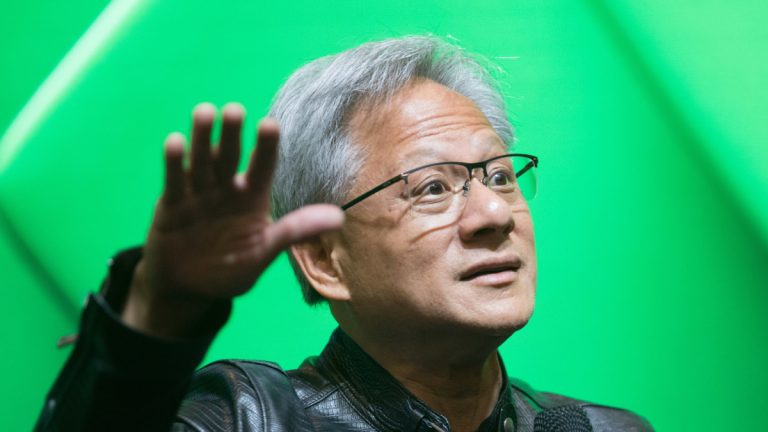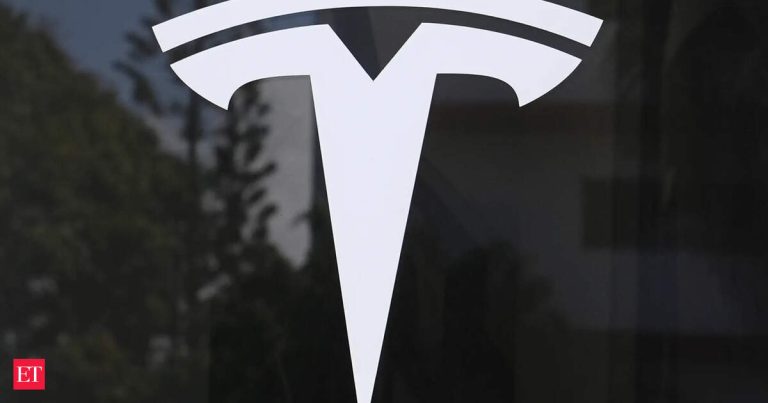Unusual Machines (UMAC) presents a speculative buying opportunity following its 40% surge after Defense Secretary Pete Hegseth announced plans to ramp up drone production. The small-cap commercial drone company appears positioned to benefit from the Pentagon’s aggressive push for American-made drones.
Hegseth’s July 11 announcement rescinding restrictive drone production policies creates tailwinds for domestic manufacturers like Unusual Machines. The Defense Department’s emphasis on off-the-shelf components for rapid production aligns with the company’s commercial drone and component distribution model, which utilizes B2B sales, e-commerce, and retail channels.
The policy shift represents a fundamental change in defense procurement. The Pentagon’s goal to arm combat units with low-cost American drones, combined with President Donald Trump’s executive order streamlining production approval processes, opens market opportunities for agile domestic players.
While the macro environment is favorable, Unusual Machines remains a small player in a competitive landscape dominated by larger defense contractors. Its commercial focus may require adaptation to meet military specifications and security requirements.
The 18-month concept-to-development timeline showcased at the Pentagon demonstrates the rapid innovation cycle favoring nimble companies. For risk-tolerant investors seeking exposure to America’s drone modernization initiative, UMAC offers leveraged upside potential, though position sizing should reflect the inherent volatility of small-cap stocks.
Unusual Machines delivered its strongest quarter ever in Q1, achieving $2 million in revenue, a 59% increase over the prior year. This marked the fourth consecutive record-breaking quarter for the commercial drone company, demonstrating consistent growth momentum despite challenging market conditions, including tariff uncertainties and sanctions against Chinese suppliers.
UMAC successfully completed a $40 million financing at $5 per share. CEO Allan Evans emphasized this raise was from a position of strength rather than necessity, with management, board members, and existing investors participating.







